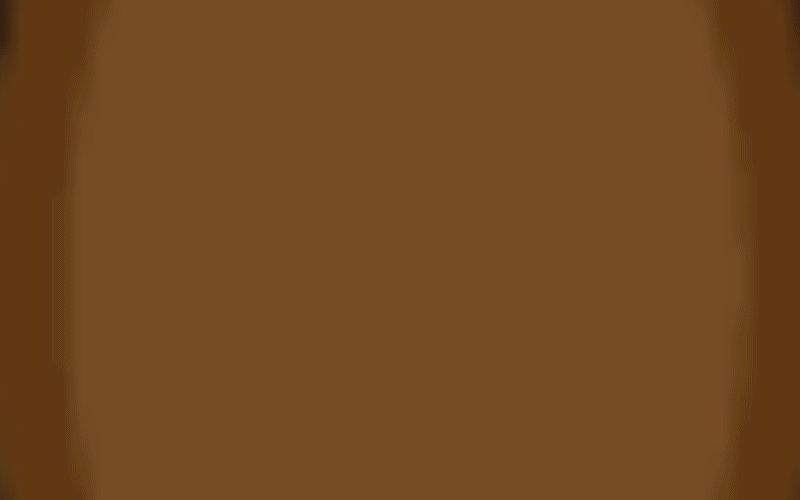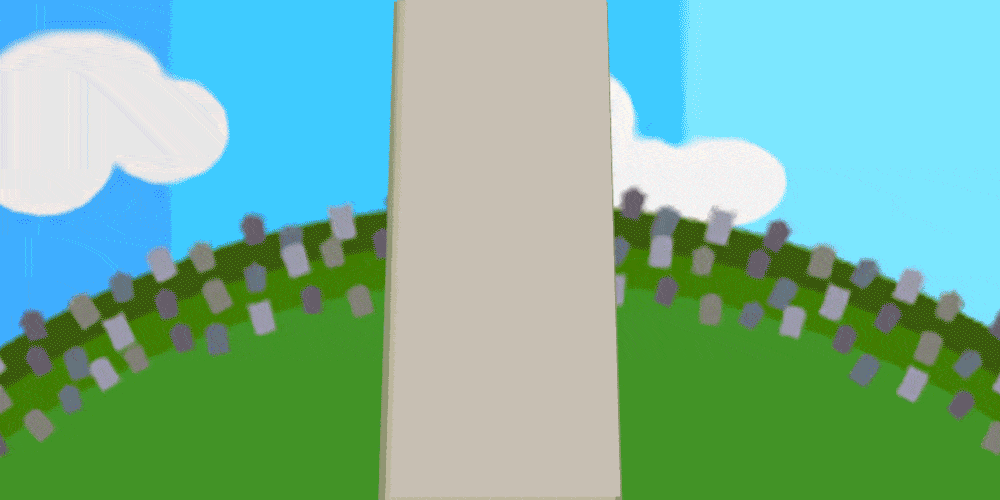Late in 2018, I made good on my promise to a friend in Ireland of indulging a curiosity I had no reason to suspect would result in any new information. It feels a bit trivial to call the search for ancestry a point of curiosity, especially given how much importance is continually put on such a search by DNA testing companies, but that is what I was looking for and that it was what it was. It helps that I am becoming increasingly allergic to making grand statements of self that belie importance that simply isn’t there. By this, I mean to say that I am a person of color and that I, like many others, have not been tortured by the absence of missing pieces of familial knowledge, nor incensed at the prospect of traveling so far, in my case from Las Vegas to Dublin, in order to do so. What is sold and what is learned at Glasnevin Cemetery, in a neighborhood just north of Dublin, can appear to be much the same thing, depending on how you approach your visit. In this case, what was sold, in part, was the pride of Ireland’s heritage and thus the meticulous keeping of genealogical records. What was learned continues to change.
Glasnevin is Ireland’s largest cemetery, created in large part due to a campaign by Catholic rights advocate Daniel O’Connell. This at a time when English Penal Laws prevented Catholics on the island from doing much of anything religious publicly, let alone burying their dead. Over a million people are interred at Glasnevin. Among them lies O’Connell himself, along with Irish independence leader Michael Collins, Irish Labour Party co-founder James Larkin, and revolutionary Constance Markievicz, who took part in the Easter Rising of 1916 when Irish Republicans endeavored to end British rule over the islands.
You can learn much more than this on a heavily-advertised tour of the grounds, or at the site’s museum, or through Glasnevin Trust’s digitized genealogical records. Only one of these options, the second, is free and requires access to knowledge many like me and my family don’t have.
Wandering through the cemetery, it dawned on me that there was the possibility, however slim, that I might stumble across a relative. In Glasnevin Cemetery, there are patches of brilliant color dotting the brown and green ground, freshly cut ribbons, and artificially vibrant foliage. Just as well, there are those thousands of plots whose once-tall headstones are no longer recognizable, whose engravings have been smoothed back into the blank faces they once had. My family has maintained a casual search for distant members stretching back to the antebellum era. Unlike the meticulous research compiled by the Glasnevin Trust, our family has very little to go on. We have an old surname, Pinkerton, distinct enough to be traceable to a single place of origin, and a current surname, Russell, which describes physical features, red hair, that no one in our family has. We are descendants of slaves and, by virtue of the terrible math that entails, slave owners, one of whom we suspect was Irish. Ostensibly, for us, this means we would also be people of Ireland.
The word “heritage” is featured on several of the materials promoting Glasnevin, and other landmarks around the country. It struck me as the pride of an original nation, traced through the movement of its people through history and time. Some of these legacies are vast, and they end shrouded in triumph, young men sent off to war and returning wounded but alive, and so on. Ireland has been a home to countless generations for just as many and so Ireland is littered with graveyards. White and grey headstones pocked with moss and soil jut out, weathered by the elements, toppled over by wind, crumbled into pieces indistinguishable from rocks by gravity. European artifacts and history and monuments are beloved and romanticized in a way that is so easy it often seems expected. Cemeteries, places of reverence, versus piles of bones. Resting places versus holes in the ground. People versus inhabitants. When I walked through Glasnevin, I thought that I wouldn’t endeavor to call myself Irish, though it might be accurate to hold onto the “ish”.

About his visits to Ireland, Frederick Douglass writes in My Bondage and My Freedom,
Instead of the bright, blue sky of America, I am covered with the soft, grey fog of the Emerald Isle. I breathe, and lo! the chattel [slave] becomes a man. I gaze around in vain for one who will question my equal humanity, claim me as his slave, or offer me an insult. I employ a cab—I am seated beside white people—I reach the hotel—I enter the same door—I am shown into the same parlor—I dine at the same table—and no one is offended.
I wonder how selective Douglass might have been in his descriptions. It’s true no one visited upon his person with physical violence while he was there, but I’m positive they stared and gawked as they have at me during my time in Ireland, especially as I walk through the stone gardens of Glasnevin. Scrutiny isn’t comparable to violence though it can create an ambiguity that makes it seem more likely. Well, maybe. Scrutiny creates an uncomfortable self-awareness, which can make certain people aware of their difference, make them aware of how difference is feared, make them think the possibility of violence is higher. The problem is you never really know.
Douglass toured Ireland (Dublin, Cork, Limerick, Belfast) following the controversial publication of Narrative of the Life of Frederick Douglass, an American Slave, fleeing what he was sure would be the eventual fury and retribution of his former slave masters. On the tour, he met Daniel O’Connell, himself an orator of similarly formidable distinction. His “thundershower” elegance, as Douglass describes in his Life and Times, belied a quick kinship in the denunciation of slavery. Much has been made of the relationship between O’Connell and Douglass, whether or not they became friends, if it was a true friendship, or a simple overlapping of appreciations. Some dismiss any notion of closeness out of hand. Some have, rightly or wrongly, characterized it as a galvanizing love, a path to assure white people of the possibility of their absolution from a heritage of bondage they are loathed to accept.
I wonder if we care enough to tend to the landscape around that which is gone, not in the hopes that it might one day come back, but because the land lives on, is alive, did not choose to be but is. The crisis of our roiling climate and our accelerated destruction of nature makes that sentiment seem multitudinous in its application but this is not what I mean. I don’t know that there’s a way to salvation or forgiveness for the people who find themselves uncomfortably close to legacies of atrocity. I wonder why we need these things to do better. Or who we need them from. If we have asked ourselves these questions. I wonder, as I mark the details of certain graves or people in the cemetery that I might turn into characters later, why I am looking for evidence of the oppressors of my family, why I have trouble acknowledging that, somewhere along the way, I knew I wouldn’t find anything revealing, that those records are gone, that I have loved the lush landscapes I have seen in Ireland and wished that my fraught connection to them didn’t exist so that I could enjoy them simply as a tourist and not what I had convinced myself was something more nebulous. Because loving is a practice and a skill that requires seeing what is in front of you, surrounding you, within you, and taking shears to what weeds you’ve let grow. Or perhaps planted. Sometimes, the hardest love is the kind you have to accept from the work of continuing to be yourself. Sometimes, it requires burial.
No, I never did find out more about my family during that visit though it doesn’t mean I’ve given up trying. Ironically, I’ve found more bits and pieces simply by way of circumstance — listening to friends of color talk about their family history and reading texts that contextualize the areas of the United States and Ireland where my ancestors came from. These bits aren’t so specific to me that they present any Pinkertons or Russells for discovery. They do help in my attempt to grasp a time and space that I cannot see but hope to feel. Like standing outside the door of someone sleeping, not seeing them, knowing they’re there. •




